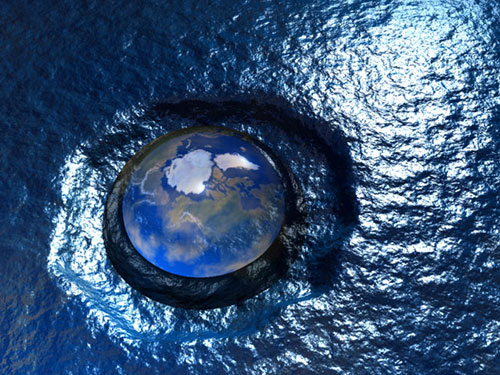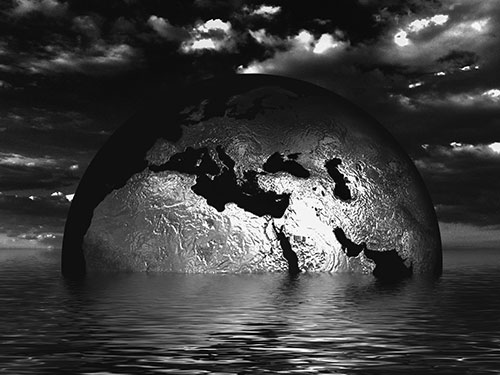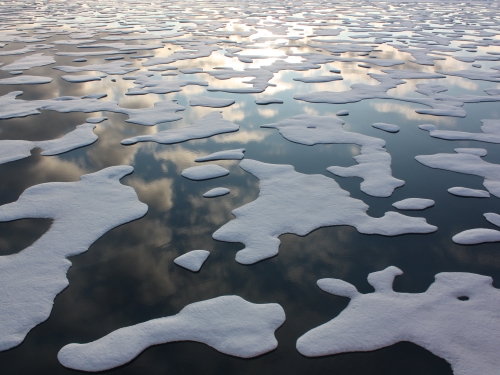
This article was originally published by the Danish Institute for International Studies on 1 December, 2015.
In Vietnam, the rainy and dry seasons are increasingly unpredictable. Such climate changes have a greater impact in Vietnam than, for example, in Denmark. Many in Vietnam live off the production of rice and other crops, and their livelihoods are dependent on fixed seasons.
Local governments are actively trying to address such changes and resulting challenges with more accurate seasonal forecasts, different crop varieties and more effective water management. However, they are often limited by shortage of funds. This is just one of many examples illustrating both the need for securing adaptation in poorer countries and local governments’ key role in implementing adaptation.




